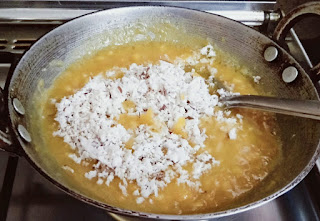Being trained in the allopathic system, I was always uncomfortable with the fact that allopathy doesn’t address the cause of a disease and correct it, instead, symptomatic treatment is given. This type of treatment maintains the diseased state, and brings in side effects of the medicines that have to be taken for long time.
The Biological doshas
The ancient science of Ayurveda recognised the existence of three doshas (Vata, Pitta, Kapha) that determine the process of life, growth, and decay. Each dosha is derived from a different natural element. Vata corresponds to air, Pitta to fire, and Kapha to water. These Doshas are the three primary life forces in the human body, and every deficiency, disease, or disorder is primarily caused due to a shift in the optimum levels of these Doshas.
Vata dosha
Vata is the air or wind Dosha. It is responsible for movement in the human body, making it a very important Dosha since the other two Doshas are found to be incapable without the presence of movement. So in effect, it regulates the functions of Pitta and Kapha as well.
Common vata disorders include flatulence, tics, twitches, aching joints, dry skin and hair, nerve disorders, constipation, and mental confusion. The Vata Dosha is manifest primarily in the abdominal cavity below the navel – colon, pelvis, pelvic organs, as well as the thighs, skin, ears and brain.
Lentils and stomach problems
Consumption of pulses, like beans, lentils, and peas can cause gastrointestinal symptoms, such as bloating, gas, and stomach cramps. That's because pulses contain large amounts of indigestible carbohydrates (fibers) that are fermented in the GI tract resulting in the formation of gas.
It is better to consume dals during daytime , but moong dal is light and easily digestible, so it is okay to have it at night. Actually moong dal helps balance the digestion process. Soaking or spouting the lentils make them much easier on the digestive system. Soak them overnight or at least for 4 hours. Throw away the water in which it is soaked and give the beans/lentils a good rinse before cooking to wash away those gas-producing carbohydrates.
While cooking
When using the pressure cooker, do not close the cooker straightaway. Put the water and beans/lentils in the cooker, put on flame and let it boil. You will see the surface being filled with froth.
Remove this froth with a ladle.
Then you can add salt and other condiments, close it and pressure cook.
Apart from alleviating the stomach discomfort on eating the preparation, I have even found an improvement in the taste.



















































